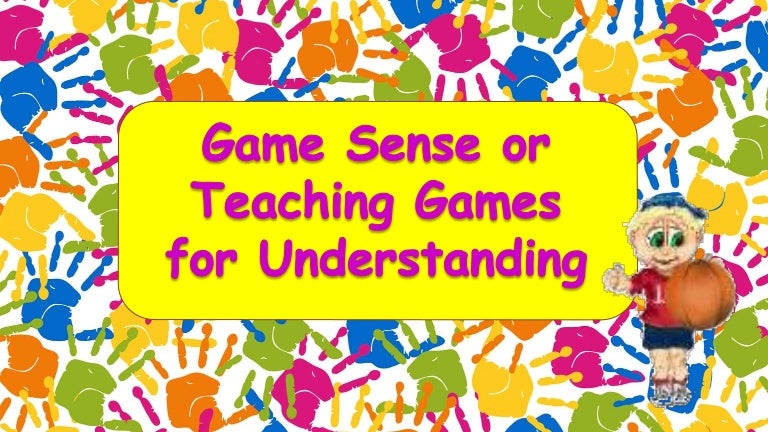When you have a break between games, whether that's the holidays or pre/post season, you have a chance to experiment with new ideas and coaching practices. One approach I have recently started using more and more is the TGFU approach originally introduced by Bunker and Thorpe (1982).

Literacy instruction in multi-cultural settings. New York: Harcourt Brace. Preparing Teachers to Support Struggling First-Grade. The IRIS Center: Developed in collaboration with nationally recognized researchers and education experts, the Center's resources about evidence-based instructional and intervention practices—Modules, Case Study Units, Activities, and others (including a number of Web-based tools)—are specifically created for use in college instruction, professional development activities, and independent. Welcome, This website has been established to assist educators in teaching the Sacrament of Reconciliation to students. It can be specially utilised to facilitate the teaching of the Stage 2, Year.
I have never tried to simply teach skills or instruct drills in training sessions, I have always tried to implement those concepts and skills that I wanted the participants to learn in game scenarios or ways that will help them understand the game better and make decisions on their own. However the TGfU approach emphasises those same views within a 6 step model as pictured below.
Figure 1 – TGfU Model

Halle (in Light and Butler, 2005: 247) states that teaching games for understanding 'allows students to think for themselves, to figure it out for themselves. It's real learning that involves making choices and decisions and making better ones with experience.'
At first I used this approach in sections of training sessions and over time found that the participants learning of skills and knowledge of the game quickly improved more when they were able to use those skills and make those decisions in game like scenarios. As a coach you can try to explain what are the correct decisions, describe and demonstrate those choices but there is no better way for the performers to learn that than to allow them to try and develop that for themselves through participating in sport.

Literacy instruction in multi-cultural settings. New York: Harcourt Brace. Preparing Teachers to Support Struggling First-Grade. The IRIS Center: Developed in collaboration with nationally recognized researchers and education experts, the Center's resources about evidence-based instructional and intervention practices—Modules, Case Study Units, Activities, and others (including a number of Web-based tools)—are specifically created for use in college instruction, professional development activities, and independent. Welcome, This website has been established to assist educators in teaching the Sacrament of Reconciliation to students. It can be specially utilised to facilitate the teaching of the Stage 2, Year.
I have never tried to simply teach skills or instruct drills in training sessions, I have always tried to implement those concepts and skills that I wanted the participants to learn in game scenarios or ways that will help them understand the game better and make decisions on their own. However the TGfU approach emphasises those same views within a 6 step model as pictured below.
Figure 1 – TGfU Model
Halle (in Light and Butler, 2005: 247) states that teaching games for understanding 'allows students to think for themselves, to figure it out for themselves. It's real learning that involves making choices and decisions and making better ones with experience.'
At first I used this approach in sections of training sessions and over time found that the participants learning of skills and knowledge of the game quickly improved more when they were able to use those skills and make those decisions in game like scenarios. As a coach you can try to explain what are the correct decisions, describe and demonstrate those choices but there is no better way for the performers to learn that than to allow them to try and develop that for themselves through participating in sport.
Put your performer in a game where it requires them to think on their feet, problem solve and make the right choice without the coaches instruction and that is how players can gain useful skills. Skills that aren't generated in drills but in games, so when performers are put in more pressured situations like a game against another team they will be able to make those same problem solving decisions.
The TGfU approach is definitely one I will continue to try to apply in my training sessions, and hopefully it will continue to help develop perfomers' understanding, knowledges and skills within sport.
References
Teaching Games for Understanding (TGfU), [Homepage of Teaching Games for Understanding]. [Online]. Draw play&& try the games. Available: https://docs.google.com/document/d/1vhh6b0zLwxXDovdys9jCySkZvbU0z-TKqAZy7oWveEU/edit?pli=1 [April, 25th, 2015].
Referencesteaching Games For Understanding Kids
LIGHT, R. and BUTLER, J., 2005. A personal journey: TGfU teacher development in Australia and the USA. Physical Education & Sport Pedagogy, 10(3), pp. 247.

